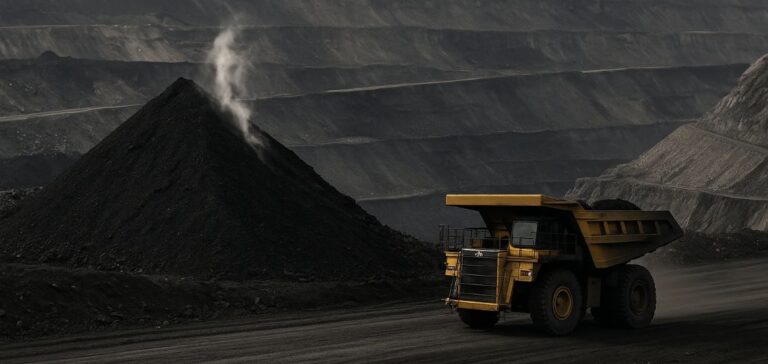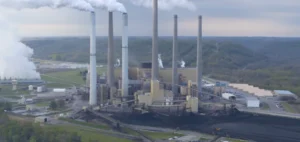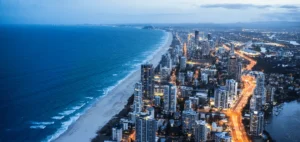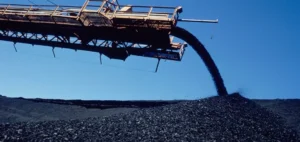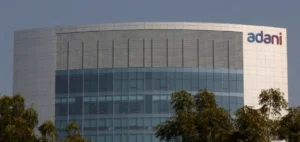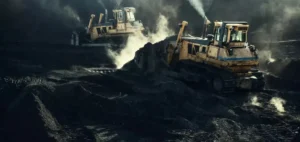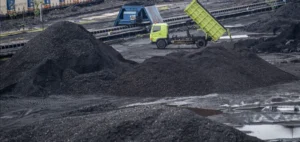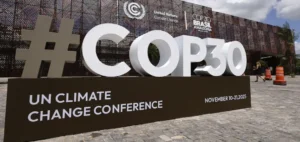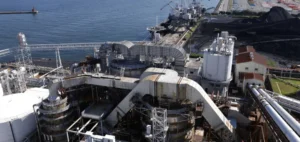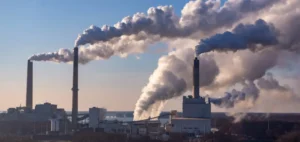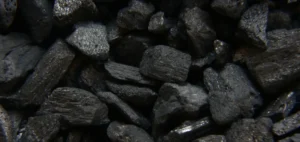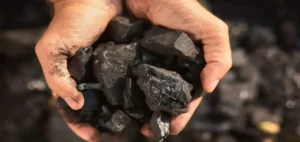Methane emissions from Australian coal mines are estimated to be 40% higher than officially reported, according to a joint study conducted by the energy think tank Ember and geospatial intelligence company Kayrros. The analysis utilised TROPOMI satellite data to assess six major coal basins located in Queensland and New South Wales, which together account for 79% of Australia’s black coal production.
The study identified substantial discrepancies between satellite observations and official reporting, particularly in New South Wales. In this region, emissions recorded in areas covering two-thirds of coal production were found to be twice as high as the reported figures. In open-cut mining operations, the gap widened to levels 4 to 6 times greater than estimates submitted by the mining companies.
Structural discrepancies between corporate disclosures and independent measurements
These findings align with a range of international and scientific estimates indicating a systematic underreporting of methane emissions in Australia. A recent aerial study over the Hail Creek mine identified methane levels 4 to 5 times higher than the declared data. The ongoing discrepancies raise concerns about the reliability of reporting practices that rely heavily on internal company disclosures.
The study covered over 90% of Australia’s metallurgical coal production, a strategic resource largely destined for the European Union. This market is especially sensitive to environmental reporting quality, with the imminent implementation of the Carbon Border Adjustment Mechanism enforcing new compliance standards.
Institutional responses and regulatory pressure
Following a year-long national review of methane measurement methods, the Australian federal government has appointed an expert panel to assess atmospheric measurement tools for fugitive emissions. Simultaneously, an administrative review has been launched regarding company-submitted data for open-cut mines.
The findings presented by Ember and Kayrros highlight the strategic importance of accurate data for Australian authorities, international buyers of metallurgical coal, and steel production supply chains. Without substantial reform of the emissions inventory, economic and industrial decisions linked to coal are likely to be based on incomplete or inaccurate data.


